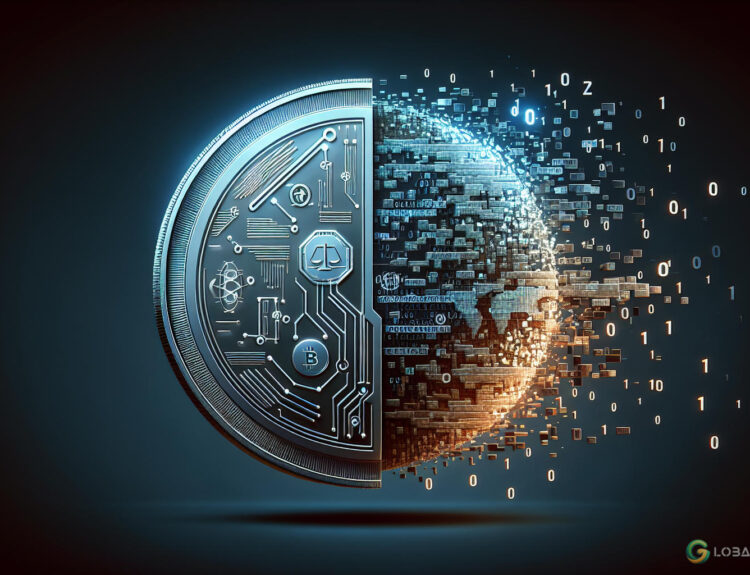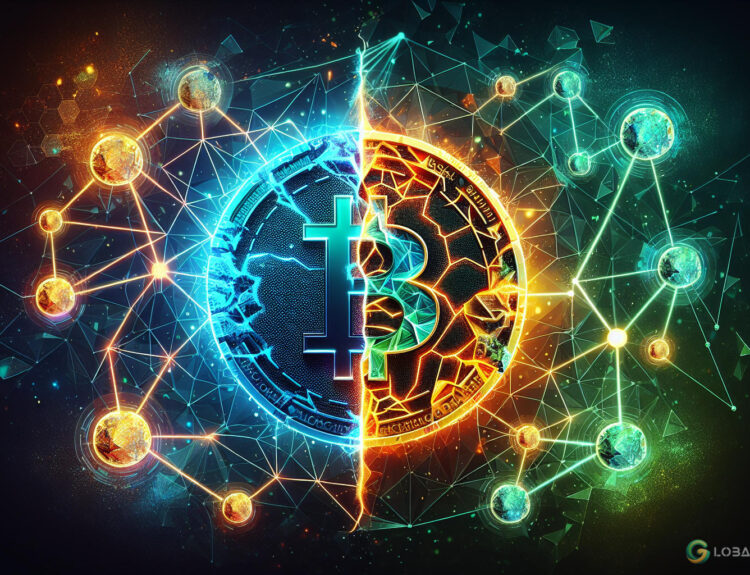Solana cannot serve as the backbone of the new global financial system, according to Ethereum community member Ryan Berckmans.
Solana’s Strategic Shift
Solana, initially marketed as capable of handling global transactions on a single chain, has shifted from its “monolithic” approach to recognizing the significance of Layer 2 solutions. Berckmans highlighted on X that Solana rebranded their L2 solutions as “Network Extensions” rather than acknowledging them as L2s from the start.
Solana’s gradual acknowledgment of Ethereum’s L2 backbone strategy emerged after flagship applications began building custom L2 appchains on their network. This shift became more pronounced when a major Solana development team pivoted to building a SVM L2 on Ethereum.
Ethereum: The Global Backbone
Ethereum is the backbone of the new global financial system of L2s and L1 apps. No other chain will come close.
Ryan Berckmans argues that Ethereum is set to be the backbone of the global financial system, supported by its robust L2 and L1 ecosystem. Despite suggestions from Mert that Solana could pivot to being the backbone, Berckmans provides several reasons why this is unlikely.
Barriers to Solana’s Global Backbone Aspirations
Berckmans, who spent eight months as a senior engineer on the Augur Project, identifies several barriers to Solana’s aspiration to become a global backbone:
- Single Production Client: Solana operates with only one production client (Agave Rust), while a global backbone requires multiple independent chain clients with balanced stake distribution.
- Delays in Second Client Development: The development of their second client, Firedancer, is delayed due to a lack of proper protocol specification and research community.
- High Bandwidth Requirements: Solana’s recommendation of 10Gbps upload creates centralization risks and practical limitations, challenging the notion of a global backbone that should operate anywhere.
- History of Outages: Solana’s history of outages and lack of protocol-level fallback capabilities pose additional risks.
- Economic Centralization: Solana faces economic centralization concerns with approximately 98% insider allocation from their initial coin offering, compared to Ethereum’s 80% public sale.
Technological and Market Challenges
Unlike Ethereum, Solana lacks the capability to continue producing blocks when finalization issues occur, according to Berckmans. Additionally, the emergence of zk proof aggregation for L2 settlement presents further challenges for Solana. While Solana focuses on L1 execution scaling, this approach conflicts with the requirements for a global backbone.
Looking ahead, Berckmans predicts that Solana’s market share will continue to decline compared to Ethereum’s L1 and L2 ecosystem. He cites major corporations like Coinbase, Kraken, Sony, and Visa choosing Ethereum L2 solutions as evidence of the market’s direction.
In conclusion, while Solana has shown strengths in areas such as meme coin growth and price appreciation, its fundamental limitations prevent it from serving as the backbone of a global financial system.
For more news on cryptocurrencies, investing, and finance, explore Global Crypto News.
#BullMarket #PeerToPeer #Finance
























